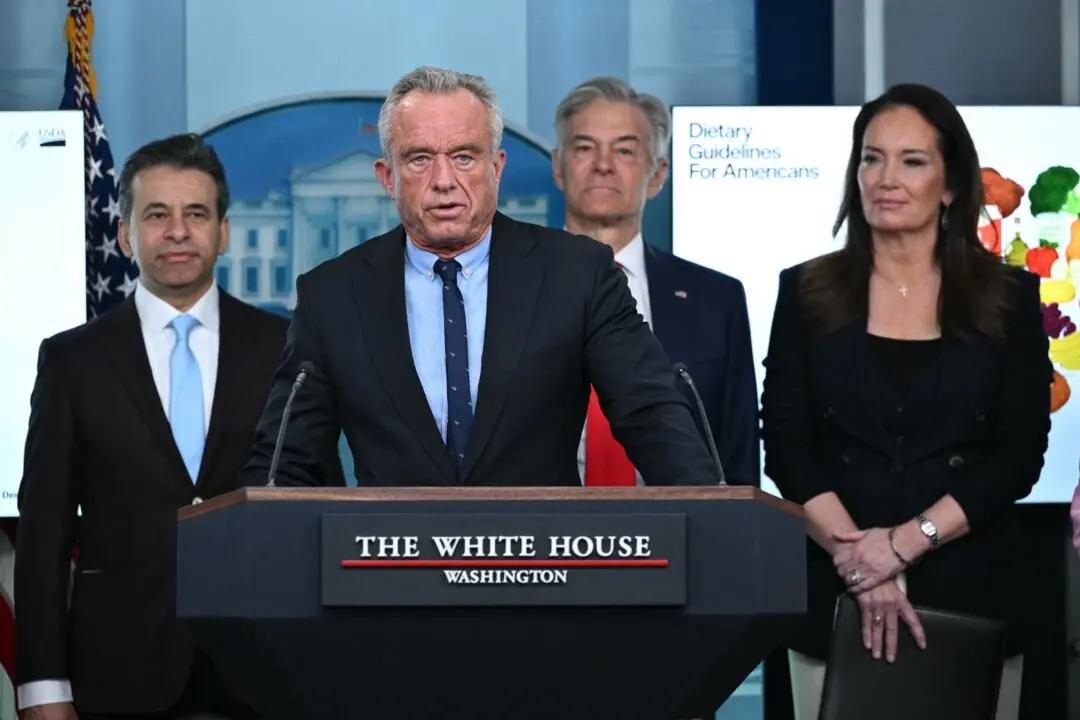The United States is poised to achieve maritime supremacy under a new plan that utilizes billions saved from “ending endless wars,” according to Russell Vought, director of the Office of Management and Budget.
“For the first time, this administration is putting forward something that the president has long promised, and we’re putting forward a plan to actually achieve it. We’ve made progress each and every year to be able to build our Navy back to what it has been—to achieve maritime supremacy,” Vought told The Epoch Times’ “American Thought Leaders” program.





